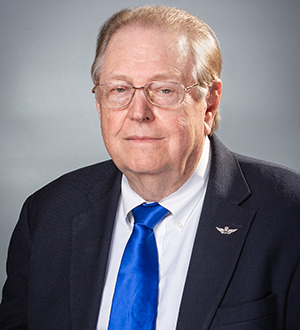Anyone who lives and works in the Portland-Vancouver region today hardly needs to be told that traffic congestion is a bad problem that’s getting worse. If your business involves transportation of any sort, the congestion cuts into productivity, raises costs and is more dangerous. But how bad is it really?
If you need proof that rush hour is now an all-day affair, however, you only need to turn to an August 2017 report from the Oregon Department of Transportation. Its 2016 Portland Region Traffic Performance Report noted that traffic congestion in the region can now occur at any hour of the day, including holidays and weekends, and it is no longer only a weekday peak-hour problem. Data for the region’s freeways show increasing congestion, decreasing travel speeds, greater delays and unreliable trip times.
Traffic congestion in the metro area has grown along with population, the report related. As a result, the region’s infrastructure is now tasked with accommodating additional vehicles as more residents travel for work and daily activities, and more businesses move goods and services on the highway system.
ODOT also pointed out that traffic congestion is directly affecting freight in the region. In particular, with increasing congestion in the mid-day hours, the ability to move goods and meet delivery schedules is more problematic.
For trucking operations in the region, the key to safely and productively navigating congested roads is training. While on-board technologies such as GPS-based routing systems and a variety of safety solutions help, ultimately it is effectively trained drivers who make the difference.
Urban driving is already one of the most stressful jobs in trucking. Compounded by traffic and congestion, distractions from pedestrians and aggressive drivers make finding designated routes and navigating large vehicles in tight spaces even more challenging. A high level of awareness and superb driving skills are the keys to reducing the likelihood of accidents.
Urban driving courses lay out critical points for safely managing this environment. They employ defensive driving practices for handling vehicles in congested, stop/start traffic, managing turns with larger vehicles, navigating routes and avoiding avoid issues with other motorists, pedestrians and curbside hazards.
But traffic isn’t the only challenge facing urban commercial vehicle operations in the region. In general, trucking businesses are plagued by a shortage of drivers, and even the most effective recruiting efforts are not completely successful all the time. Every driver that needs to be replaced means another recruiting fee, another signing bonus, more orientation training and even possibly a truck parked by the fence for a while.
It’s always less expensive to keep a driver than to replace one but an often less understood benefit of driver training is that it can improve retention. The more that drivers understand their equipment, the expectations of the fleet, safety and operations, the less likely they are to leave for perceived greener pastures, usually only to find the same challenges all over again.
Drivers leave for a number of reasons and one of those is the fear of technology. In-cab communications and operations management devices are now prevalent in trucks, providing the means to streamline operations, monitor equipment and track driving behaviors.
Most recently, trucking operations have begun using Electronic Logging Devices (ELDs), which were mandated by Congress to make it easier and faster to accurately track, manage and share Hours of Service records. In December 2017, the Federal Motor Carrier Safety Administration (FMCSA) began enforcing implementation requirements for ELDs.
Big brother aside, these technologies require training so drivers are genuinely proficient with the systems. And not only will a driver who has invested time in learning your systems be more comfortable, you can use training to provide on-going courses that address driver specific safety issues and help drivers stay engaged in a culture of safety.
Industry requirements can also be addressed with training, and one of the more recent examples affecting carriers of food products in our region is the Food Safety Modernization Act (FSMA). Enacted to help prevent food borne illness, the FSMA includes rules intended to protect foods by keeping them safe from contamination during transportation.
FSMA establishes requirements for carriers involved in transporting food, specifically for vehicles and transportation equipment, transportation operations, records and training. In this case, training your drivers is key for FSMA compliance.
Whether it’s traffic congestion, driver satisfaction, technology or compliance requirements, effective training provides the knowledge drivers need to focus on doing their jobs efficiently and safely.
Dr. James “Jim” Voorhees is the founder, president and CEO of Instructional Technologies, Inc. The Salmon Creek-based company is the provider of online training to the transportation industry through its PRO-TREAD content and Sentix training automation platform.


